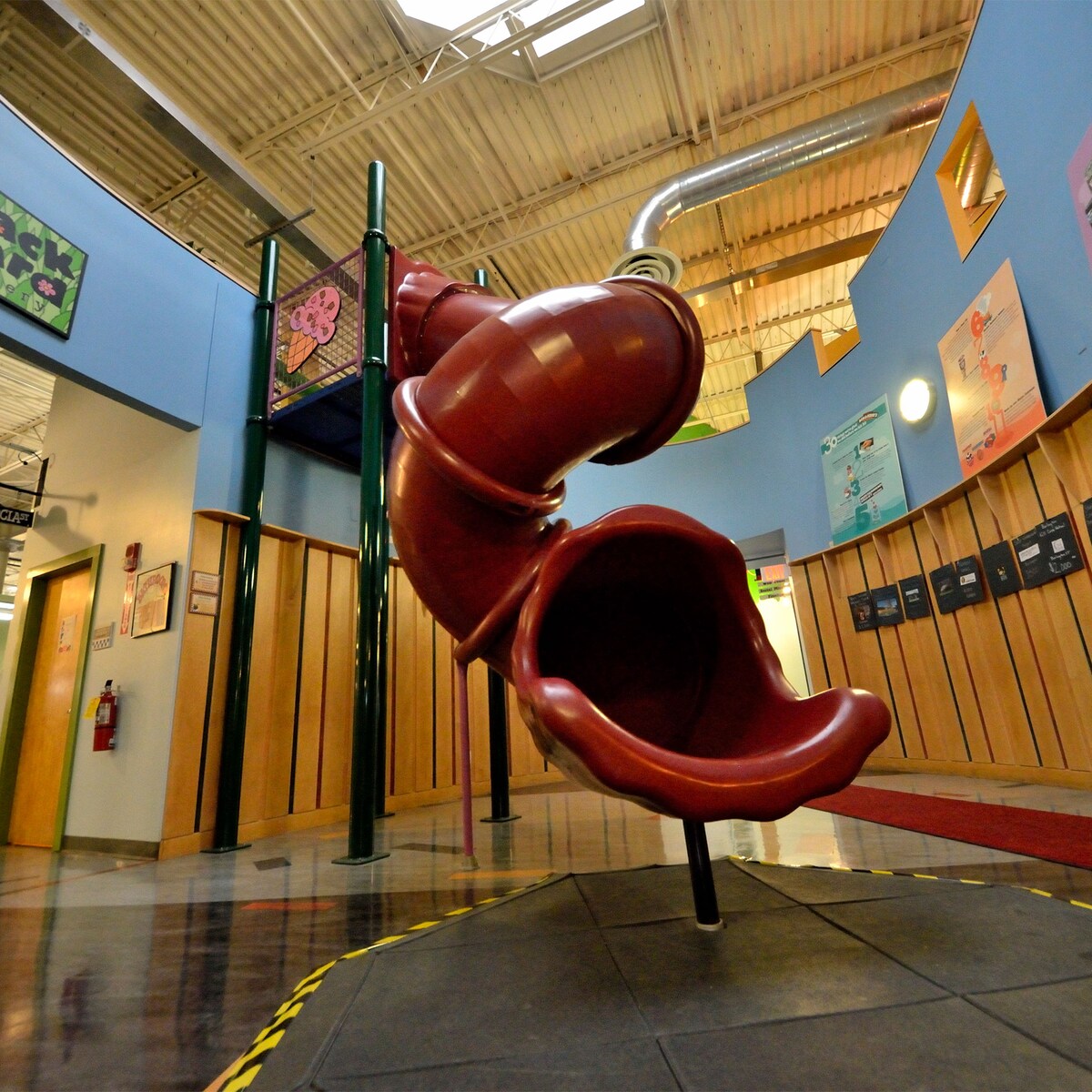July 26, 2017

Unabated climate change could one day look like bikinis outpacing parkas at booming tiki bars surrounding the world’s former glaciers. Polar bears would join the dinosaurs—all warm, fuzzy and dearly departed. While headlines would read: World’s Last Iceberg Blended into Delicious Daiquiri. That’s unless, of course, we can flip the switch to cool.
Fortunately, moving beyond standard solar panels and battery-powered cars, creative solutions to climate change are being cooked up—and put into use—daily.
Here, 7 wish-we-would-have-thought-of-that-earlier innovations that’ll melt your mind, and not the planet.
1
Do the Wave
Wave energy works in wondrous ways. Recently, U.S.-based Northwest Energy Innovations developed an underwater hull attached to a float that seizes both vertical and horizontal wave movements. The savvy contraption captures the motion of the ocean, and then converts it to energy that’s transferred via a cable to land. A test device, named Azura, was installed at the U.S. Navy’s Wave Energy Test Site in Kaneohe Bay, Hawaii, last year.
2
Blustery BFFs
Meanwhile in Scotland, government officials have approved the world’s largest floating wind farm. The floating wind turbines, interconnected with cables and anchored to the ocean floor, will be the first in UK waters. Combined, they are expected to generate enough energy to power 20,000 homes. (Or 40,000 tiny homes.) According to The Guardian, there are another two similar projects at early stages of development in Scotland, with more on the way in Norway, Portugal, the U.S., and Japan.
3
Harnessing the Earth’s Heat
Geothermal energy sounds daunting, but it’s surprisingly simple. It means harnessing the earth’s natural heat – the 5,500°C at the earth’s core – for our own needs. The outer 3 meters of the earth's surface stay at a nearly constant 10-16°C throughout the year, and that heat can be harnessed to warm buildings, water, and more. We can even convert it into electricity using geothermal power plants, which the earth’s heat to create steam, which turns a turbine, which drives a generator to produce electricity.
4
Solar Road Trip
Highways crisscrossing the planet amount to piles of asphalt and plenty of traffic-induced headaches. But what if those roads could alleviate other kinds of pain-in-the-earth problems by becoming clean, renewable energy sources capable of powering electric cars, as well as the homes and businesses that line their paths? Solar Roadways has developed just such a system. Built from tempered glass, with the strength to hold a fleet of brimming Scoop Trucks, panels house LED lights for road lines and signage. They’re equipped with heating elements that melt snow. And they have microprocessors to communicate—which makes them way smarter than your average side street.
5
DIY Glaciers
The results of climate change are chilling. And the world’s melting glaciers are some of the most in-your-face indicators. Now one savvy Himalayan outpost is fighting back with backyard glaciers the community has built by hand. A retired engineer from the village Chewang Norphel helped spearhead a project that uses irrigation canals and a reservoir to trap water that freezes during the winter. The artificial mini-glacier—about a half mile long and less than 150 feet wide—melts into usable water for irrigating crops come spring.
6
Turning Bad Stuff Into Baking Soda
Until coal-powered plants are completely left in the dust by clean energy, the best we can do is try to clean up their act, and their byproducts. Industrial emissions typically fall into three categories: Power, heat, and unsavory pollutants. Although power is good, and heat is OK, carbon dioxide and acid gases such as sulfur oxides from industrial waste systems suck. This is where SkyMine technology steps in and shines, capturing and removing pollutants from power plant flues (those giant smoke-billowing chimneys) and transforming them into harmless baking soda. Baking soda can be used for everything from toothpastes and detergents to combating funky smelling refrigerators. While it’s not a total solution to the larger problems with coal, so far it’s proving to be a welcome tradeoff for mercury, acid rain gasses and climate crippling CO2.
7
Pellet Power Counters the Coal-lapse
Earlier this year the world’s largest publicly owned coal producer, Peabody Energy, with mines in Australia and the U.S., filed for bankruptcy. Shocker? Not really, considering coal prices have tanked, natural gas is on the upswing, and increasing regulations to fight climate change are here to stay. But while clean energy initiatives gain favor over the sooty alternative, the biomass industry may have found a temporary fix in the form of black pellets, aka: torrefied wood. More energy dense than traditional wood pellets and a renewable, carbon-neutral alternative to coal, a strong market for the pellets already exists in Europe, where coal-plant owners are subjected to carbon penalties.


